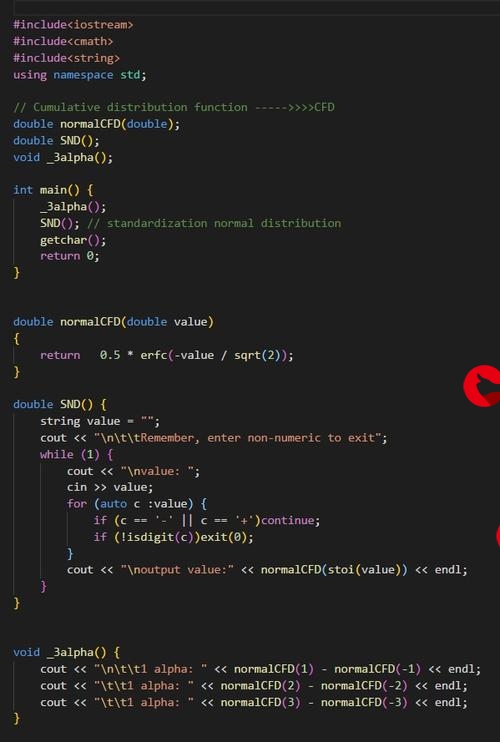 多线程:继承Thread和实现Runable接口的区别"/>
多线程:继承Thread和实现Runable接口的区别"/>
java多线程:继承Thread和实现Runable接口的区别
java中我们想要实现多线程常用的有两种方法,继承Thread 类和实现Runnable 接口,有经验的程序员都会选择实现Runnable接口 ,其主要原因有以下两点:
首先,java只能单继承,因此如果是采用继承Thread的方法,那么在以后进行代码重构的时候可能会遇到问题,因为你无法继承别的类了。
其次,如果一个类继承Thread,则不适合资源共享。但是如果实现了Runable接口的话,则很容易的实现资源共享。
1.继承Thread——多线程执行各自的资源,线程执行的资源互不干涉,各自执行各自的
public class testThread extends Thread{private int count=5;private String name;public testThread(String name) {this.name=name;}public void run() {for (int i = 0; i < 5; i++) {System.out.println(name + "运行 count= " + count--);try {sleep((int) Math.random() * 10);} catch (InterruptedException e) {e.printStackTrace();}}}
}public class main1 {public static void main(String[] args) {testThread mTh1=new testThread("A");testThread mTh2=new testThread("B");mTh1.start();mTh2.start();}
}
控制台输出(线程1和线程2之间的变量是不能共享的,每次count–都有各自的变量和结果。):
2.实现Runnable接口——多线程共享同一资源:
public class testRunnable implements Runnable{private int count=15;@Overridepublic void run() {for (int i = 0; i < 5; i++) {System.out.println(Thread.currentThread().getName() + "运行 count= " + count--);try {Thread.sleep((int) Math.random() * 10);} catch (InterruptedException e) {e.printStackTrace();}}}}public class main2 {public static void main(String[] args) {testRunnable mTh = new testRunnable();new Thread(mTh, "C").start();//同一个mTh,但是在Thread中就不可以,如果用同一个实例化对象mt,就会出现异常 new Thread(mTh, "D").start();new Thread(mTh, "E").start();}}
控制台输出(三个不同的线程之间的变量是共享的,每次count–得到的记过都是再上一个线程运行结果之上得到的。):
更多推荐
java多线程:继承Thread和实现Runable接口的区别












发布评论